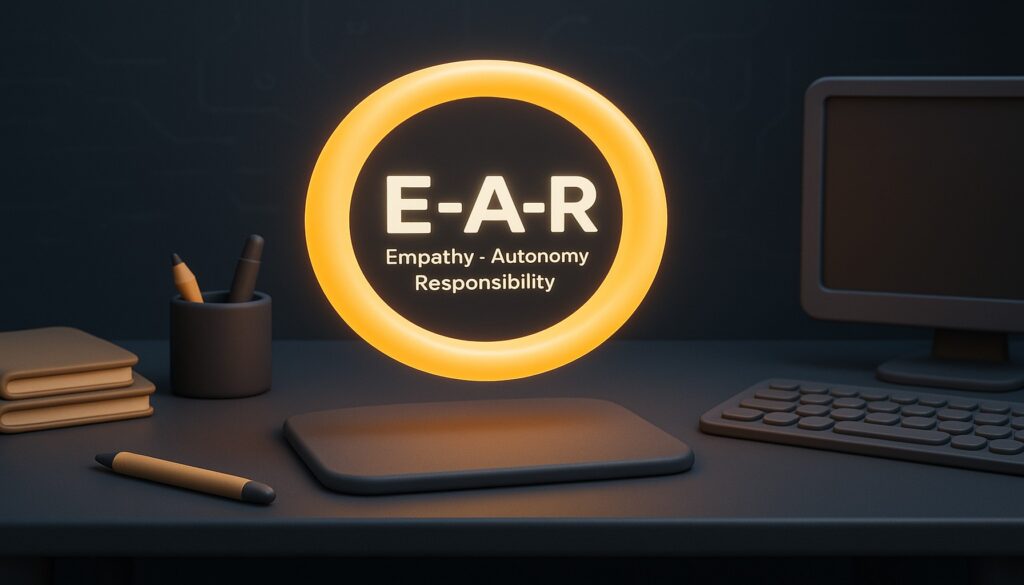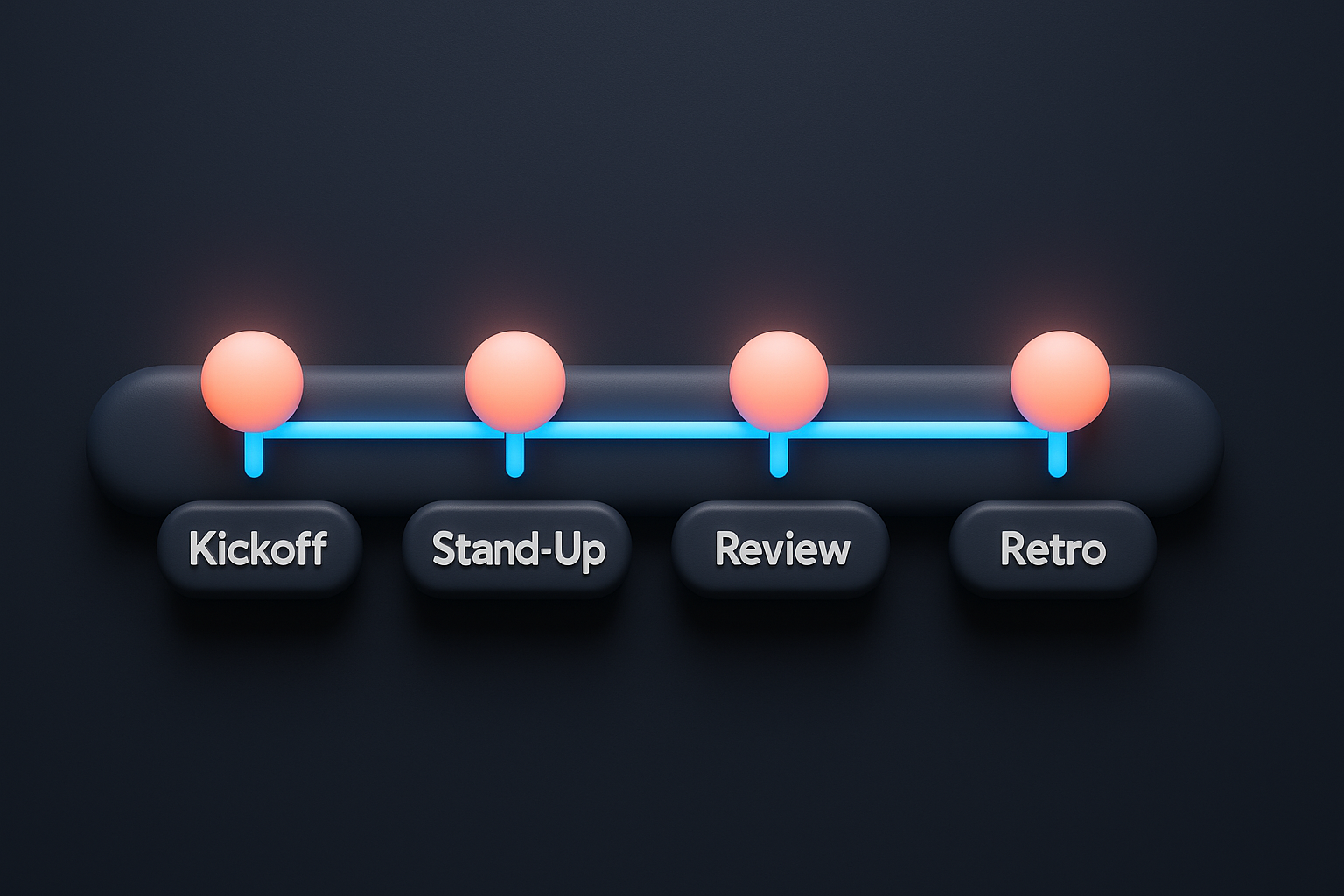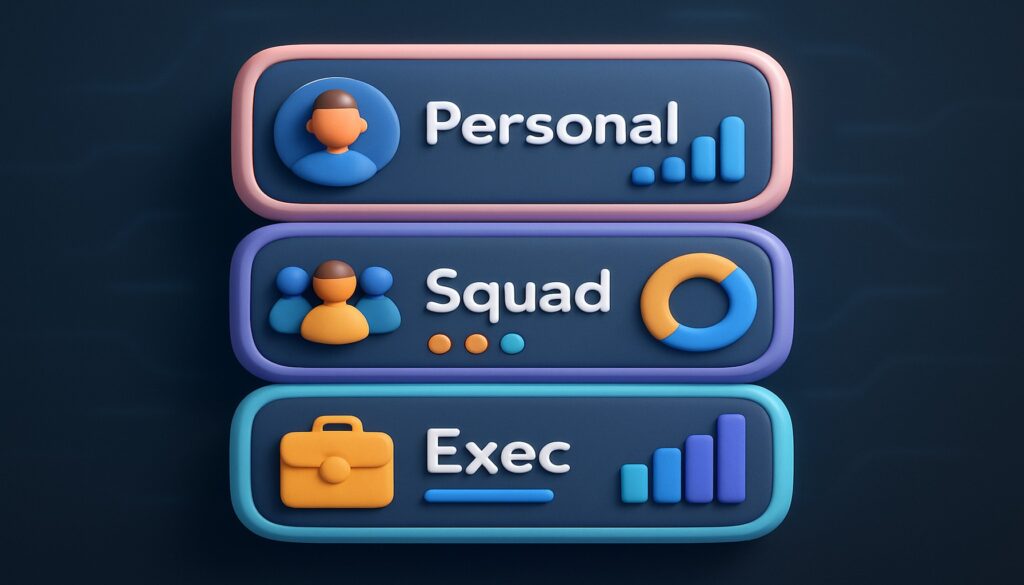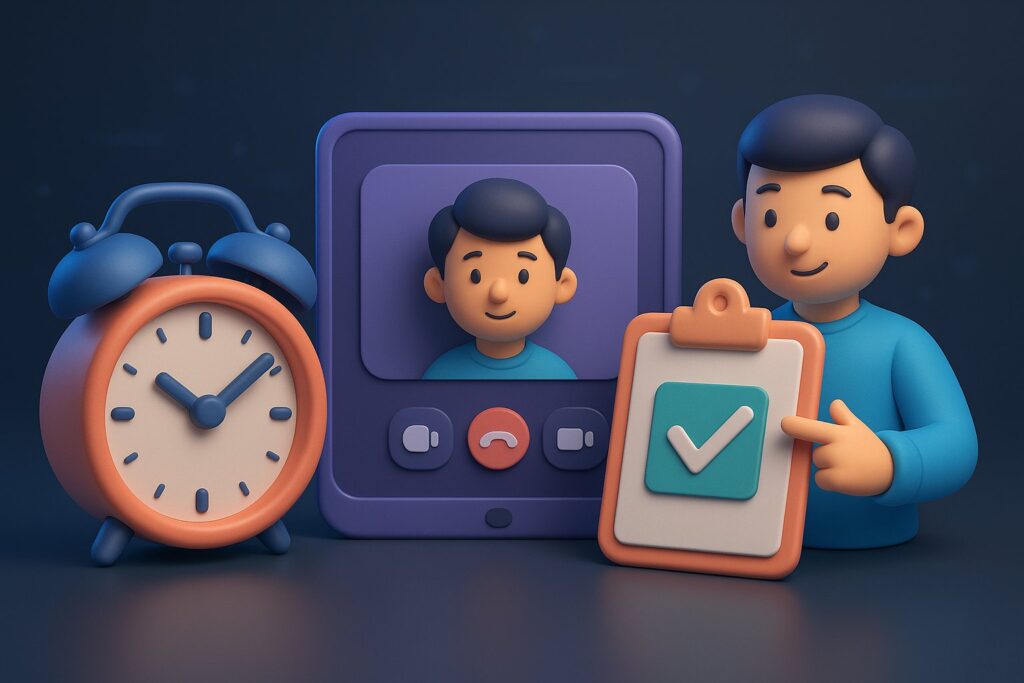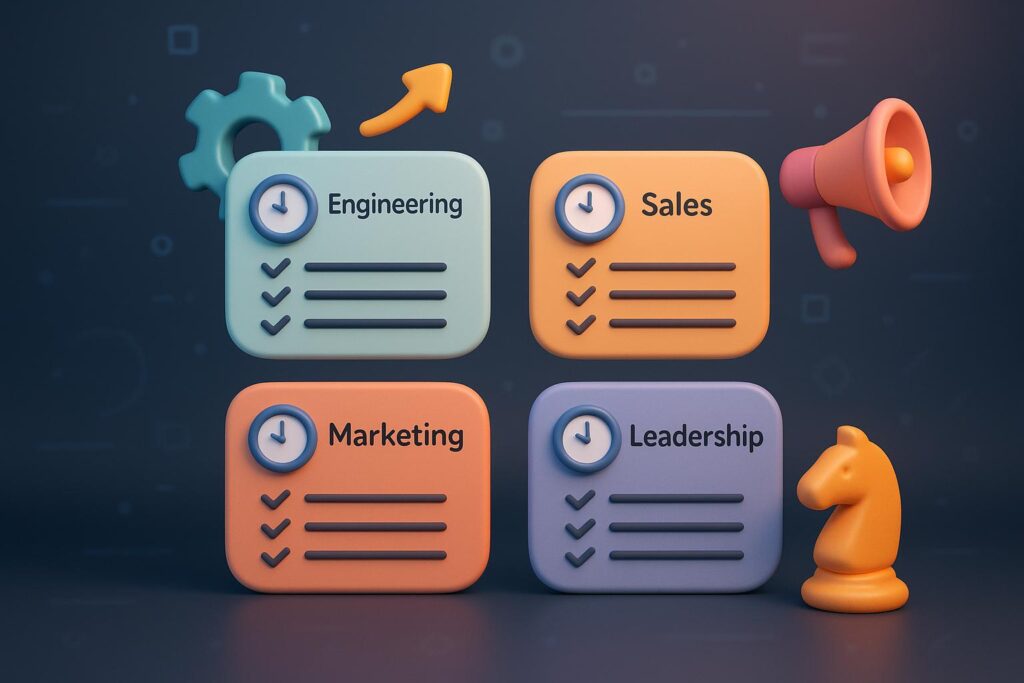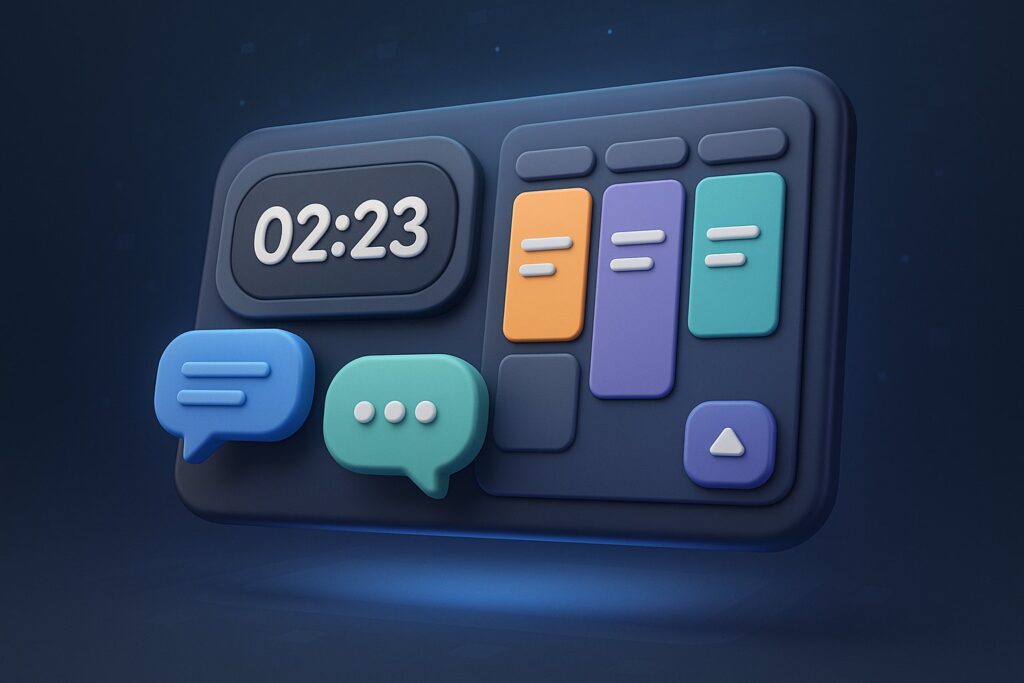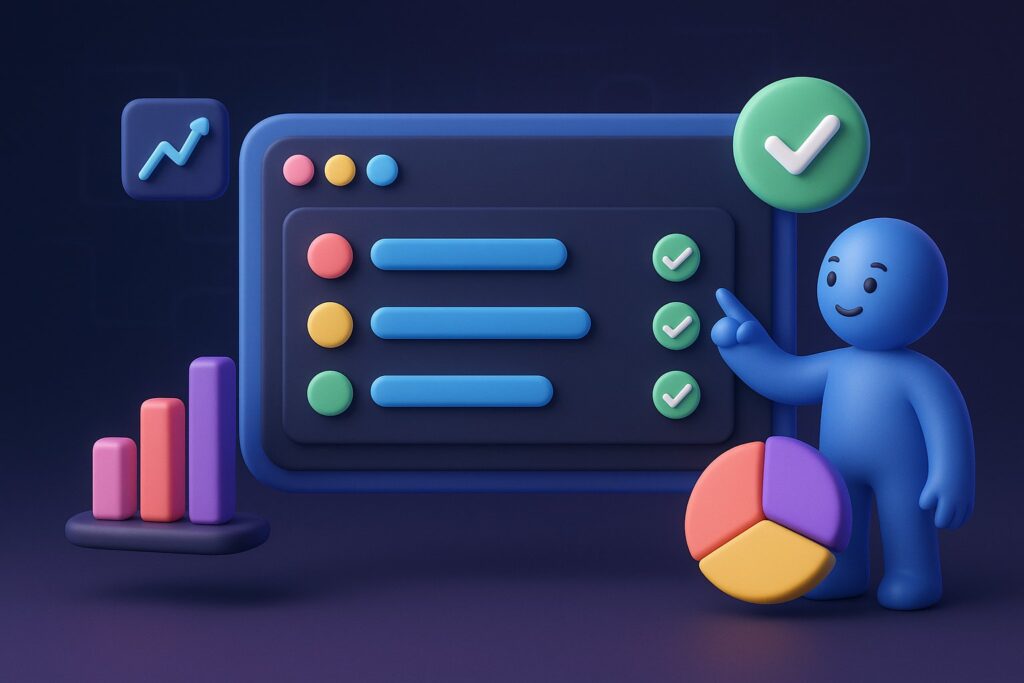You schedule regular one-on-ones because you know they’re essential.
They’re your chance to connect with each direct report, address concerns, and set the stage for growth.
Yet despite your best intentions, these meetings often feel like a chore—awkward silences, surface-level updates, and a lack of follow-through.
When one-on-ones become another item on the calendar rather than a meaningful conversation, they fail both you and your team. Fortunately, you can revive them with a few simple tweaks.

Common Traps That Derail One-on-Ones
Before you can fix what’s broken, you need to recognize why one-on-ones often flop. These are the pitfalls most managers—and their teams—fall into:
1. Skipping Preparation
When both parties wing it, the conversation spins its wheels. You arrive with a vague idea of “catching up,” and your direct report isn’t sure whether to bring ideas, challenges, or metrics. Without a clear agenda, you default to status updates, leaving no room to dive into deeper issues.
2. Treating One-on-Ones as Status Meetings
One-on-ones aren’t project stand-ups. Yet when you use them to review tasks and deadlines exclusively, your direct report feels like a cog in a machine. Your time together should focus on growth, feedback, and problem-solving—not simply checking off deliverables.
3. Ignoring Soft Signals
Employees rarely say outright when they’re struggling. If you focus only on numbers and metrics, you miss subtle cues—lack of enthusiasm, hesitation, or frustration. One-on-ones should be a safe space to surface those soft signals before issues become crises.

4. Failing to Follow Up
After you agree on action items, they vanish into the ether. Without a system to track commitments, both you and your team lose momentum. Promises to “circle back” never materialize, and cynicism creeps in—“Why bother raising issues if nothing changes?”
5. Overlooking Individual Goals
When you focus solely on team objectives, you miss opportunities to support personal growth. Each direct report has unique aspirations—career milestones, skill development, or leadership goals. If you don’t carve out time to discuss their ambitions, they’ll disengage.
A Simple Structure for Irreplaceable One-on-Ones
To transform one-on-ones into a cornerstone of connection and development, adopt a straightforward framework. This structure helps you cover essential topics while leaving room for candid dialogue.

1. Set a Clear Agenda Together
Before the meeting, share a shared agenda document. Invite your direct report to add topics—challenges, wins, or questions. When you craft the agenda collaboratively, you both arrive prepared. You might use a tool like Teamly to keep agendas, track action items, and easily revisit past discussions. Having a living agenda ensures you cover what matters most.
2. Start with an Authentic Check-In
Begin by asking an open-ended question: “How are you feeling about your work and workload this week?” Give space for a brief personal update, too—everyone brings their whole selves to work. This simple step signals that you care about their well-being, setting a tone of trust and psychological safety.
3. Focus on Roadblocks and Wins
Next, dive into what’s going well and what’s blocking progress. Ask: “What victories can we celebrate?” and “What obstacles are you facing right now?” When you spotlight wins, you reinforce positive behaviors. When you tackle roadblocks together, you demonstrate genuine support. Resist the urge to solve everything immediately; sometimes listening and asking clarifying questions is enough to help your direct report find their own solutions.

4. Align on Priorities and Goals
Revisit both team and individual objectives. Ask: “Does your current workload match our strategic priorities?” and “Are there new goals you’d like to pursue?” When you explicitly align daily tasks with longer-term aspirations, you help your direct report see the bigger picture. This is also your chance to adjust priorities—sometimes shifting resources or timelines to better serve both individual growth and team impact.
5. Agree on Next Steps and Accountability
Before wrapping up, distill the conversation into a few concrete action items. Assign responsibilities, set deadlines, and decide on follow-up points. Document these commitments in a shared space—again, a platform like Teamly can automate reminders and track progress. When both parties leave with clear accountability, you reduce confusion and reinforce the value of the meeting.

Tips to Keep One-on-Ones Consistently Valuable
Building an irreplaceable one-on-one routine requires more than structure; it demands ongoing attention to detail. Here are practical tips to sustain momentum and deepen trust:
1. Block the Time on Your Calendar—Always
If you let one-on-ones slide when emergencies arise, they become low priority. Treat them as sacred appointments. If something urgent comes up, reschedule within 24 hours. Consistency demonstrates respect for your direct report’s time and reinforces the importance you place on their development.
2. Rotate Speaking Time
It’s easy for managers to dominate with updates and ideas. Instead, intentionally ask your direct report for their thoughts first. Use prompts like, “What do you want to dive into today?” or “What’s the most pressing issue for you?” By giving them the floor, you empower ownership and create a two-way dialogue.
3. Look Back and Look Forward
Each one-on-one should include a brief retrospective: “Last time, we agreed on these three action items. How did that go?” Then transition to future-oriented questions: “What’s on your horizon that I can help you prepare for?” This blend of reflection and foresight keeps you both accountable and proactive.
4. Be Curious and Ask Follow-Up Questions
When a direct report shares a concern, resist the urge to jump to solutions. Instead, probe deeper: “Can you tell me more about that challenge?” or “How does this impact your day-to-day?” Genuine curiosity uncovers root causes and fosters a coaching mindset rather than a directive one.
5. Bring Data, But Don’t Obsess Over It
Metrics can illuminate patterns—maybe your team’s velocity is slowing or engagement scores are dipping. Use data as conversation starters, not as the sole focus. For instance, “I noticed we missed our target by 15%. What factors influenced that?” This invites problem-solving rather than placing blame.
When to Break the One-on-One
Although you care about maintaining a consistent rhythm, there are moments to deviate from the template. Be flexible when circumstances change:
- Onboarding vs. Steady State: New hires need more frequent check-ins—consider weekly or even twice-weekly sessions. Once they’re fully ramped, you can shift to biweekly or monthly.
- High-Stress Projects: During critical launches or crunch time, touch base more often, even if informally. A quick sync can prevent frustration from spiraling.
- Personal Circumstances: When your direct report experiences major life events (e.g., family emergencies, health challenges), adjust the format—maybe a shorter check-in by phone rather than a full hour.
Adapting shows that you see each person as an individual, not just a role on the org chart.
Why One-on-Ones Matter More Than You Think
Effective one-on-ones are more than a management checkbox—they’re the engine of engagement, trust, and growth. When you invest time and intention into each conversation, you’ll notice:
- Higher Retention: Employees who feel heard and supported stay longer.
- Stronger Team Alignment: Regular dialogue ensures everyone understands priorities and can course-correct quickly.
- Accelerated Development: Direct reports feel safe raising blind spots and experimenting with new ideas.
- Better Problem-Solving: Small issues surface early, preventing them from festering into bigger problems.
And when your team thrives, your entire department squares with the company’s mission—whether you’re using a platform like Teamly to keep everyone on track or simply embracing a disciplined approach to conversation.
Final Thoughts
You don’t need to overhaul your entire management style, but you do need to treat one-on-ones as the strategic priority they are.
With a clear, collaborative agenda, a focus on soft signals, and a simple structure for accountability, your one-on-ones can become the highlight of the week—both for you and for your team.
When these meetings feel irreplaceable, you’ll unlock new levels of insight, connection, and performance that ripple across the organization.




